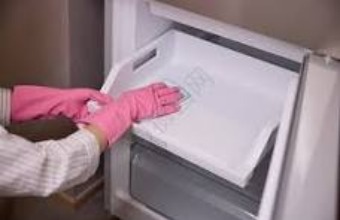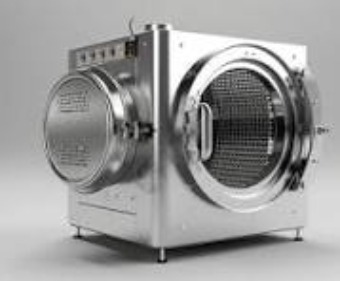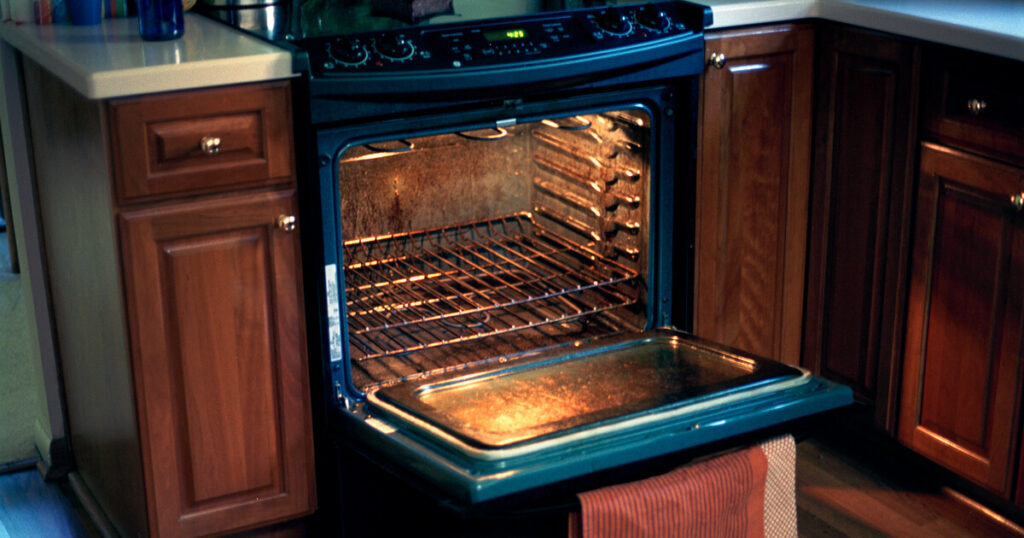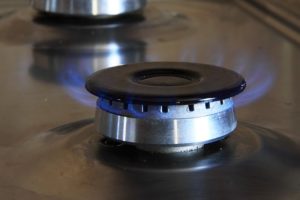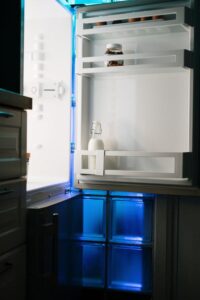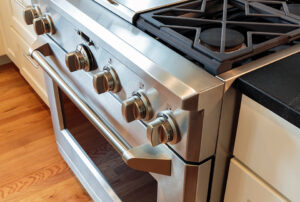Recent Comments
Categories
Category: Appliance Care
Common Causes of a Broken Refrigerator
The refrigerator is one of the most important appliances to have in our home because it prevents food from getting spoiled and reduces frequent trips to the grocery store. Just like any other appliance, they are still prone to wear and tear, which could result in long term damage if left unattended. Here are the …
Maintenance Tips for Your Dishwasher
The machines we use at home undergo regular maintenance to ensure that their performance remains in a peak state. Dishwashers, on the other hand, often get neglected and they deserve some love too. Once they break down and you must wash your dishes by hand, only then you’ll realize its importance in making your life …
Reasons Why Your Dryer Isn’t Heating Up
Having dryer problems can become a hindrance to your laundry routine. This can range from having strange noises to damp clothes, which are all indications that there’s something up with your dryer. We’ll list down all these common reasons so that you’ll have a reference on which one fits your scenario. Depending on the severity, …
How to Clean a Self-Cleaning Oven: A Balanced Approach
Do you have a self-cleaning oven but hesitate to use it? You’re not alone—many people worry about the feature’s extreme heat and potential risks. But it’s important to know how to clean a self-cleaning oven. The key is balance. While the self-cleaning cycle helps break down baked-on residue, regular manual cleaning is still essential to …
How to Clean a Self-Cleaning Oven: A Balanced ApproachRead More
Is It Bad to Put Dish Soap in the Dishwasher?
If you have been alerted to a kitchen catastrophe, the first step is to stay calm. You are doing the right thing by finding a solution and seeing if it really is bad to put dish soap in the dishwasher. Relax, and read on to learn more and solve your dishwasher problems simply and smoothly. …
How to Clean a Gas Stovetop
Many say that gas stoves are superior to electric stoves, but the downside they have is their open flames. These flames stay within the confines of their grates (or they should,) but they let a lot of crumbs and spills get in. How do you clean a gas stovetop? Even though it might seem troublesome …
My Washing Machine Won’t Spin!
One of the quintessential features of a washing machine is that it spins the laundry load. If you have a front-loading washer, it will be apparent from the machine’s door window. There’s nothing quite so relaxing as watching laundry spin? What if it doesn’t? Why is it that your washing machine won’t spin? See if …
What to Do If Your Fridge Leaks
Is your refrigerator dripping water or starting to flood your kitchen? Don’t panic; here’s what to do if your fridge leaks. Diagnose and Stay Calm The first step is to diagnose the problem, and that means investigating the fridge for the cause of the leak. Although it may be troubling to have a puddle in …
Will Vinegar Hurt My Stainless Steel Dishwasher?
Whether you use your kitchen to prepare elaborate holiday feasts or just the daily meals, you will need to clean your dishwasher eventually. Even appliances built to clean things need cleaning, too. One of the most popular natural household cleaning chemicals is vinegar, particularly white vinegar and apple cider vinegar. The question is, will vinegar …
How to Detect an Oven Gas Leak
The winter holidays are a time of festive cheer and feasting, but it is also a time when fire safety is of the utmost concern. Of course, you never know what could happen throughout the year and one should always be vigilant and prepared. Do not let emergencies catch you off guard; here’s how to …
